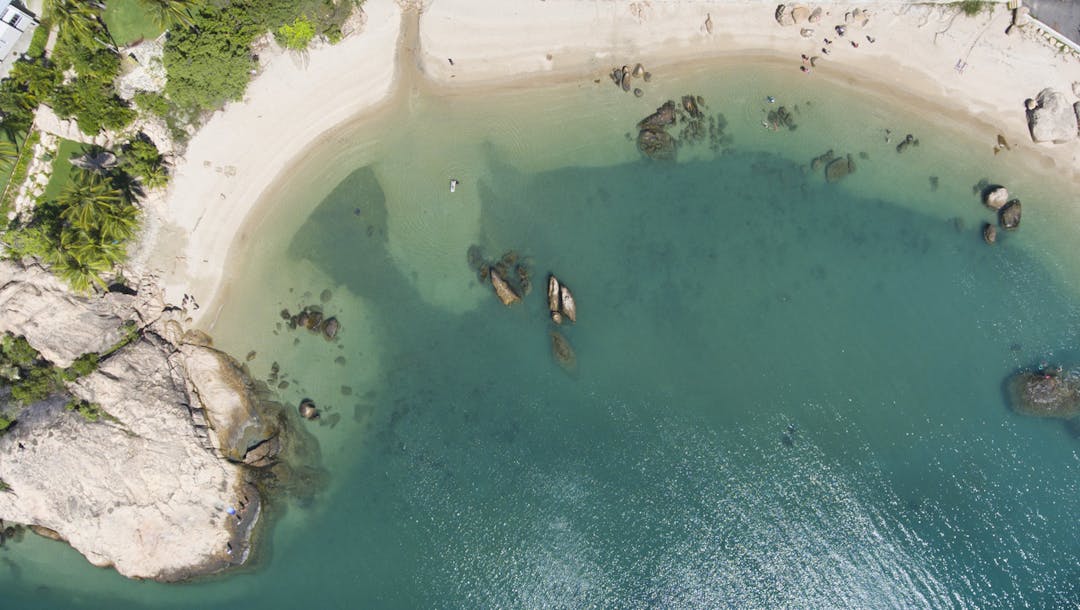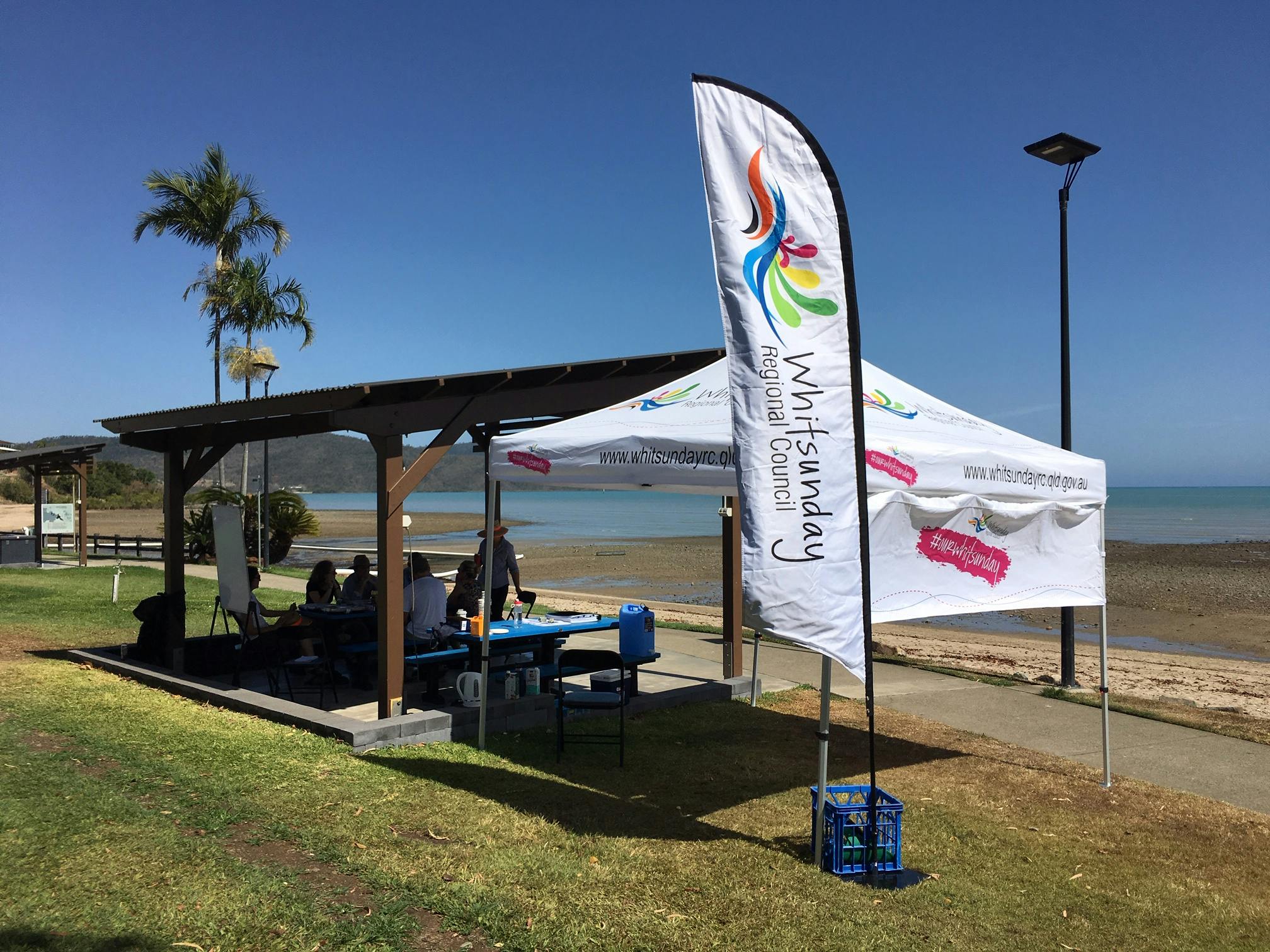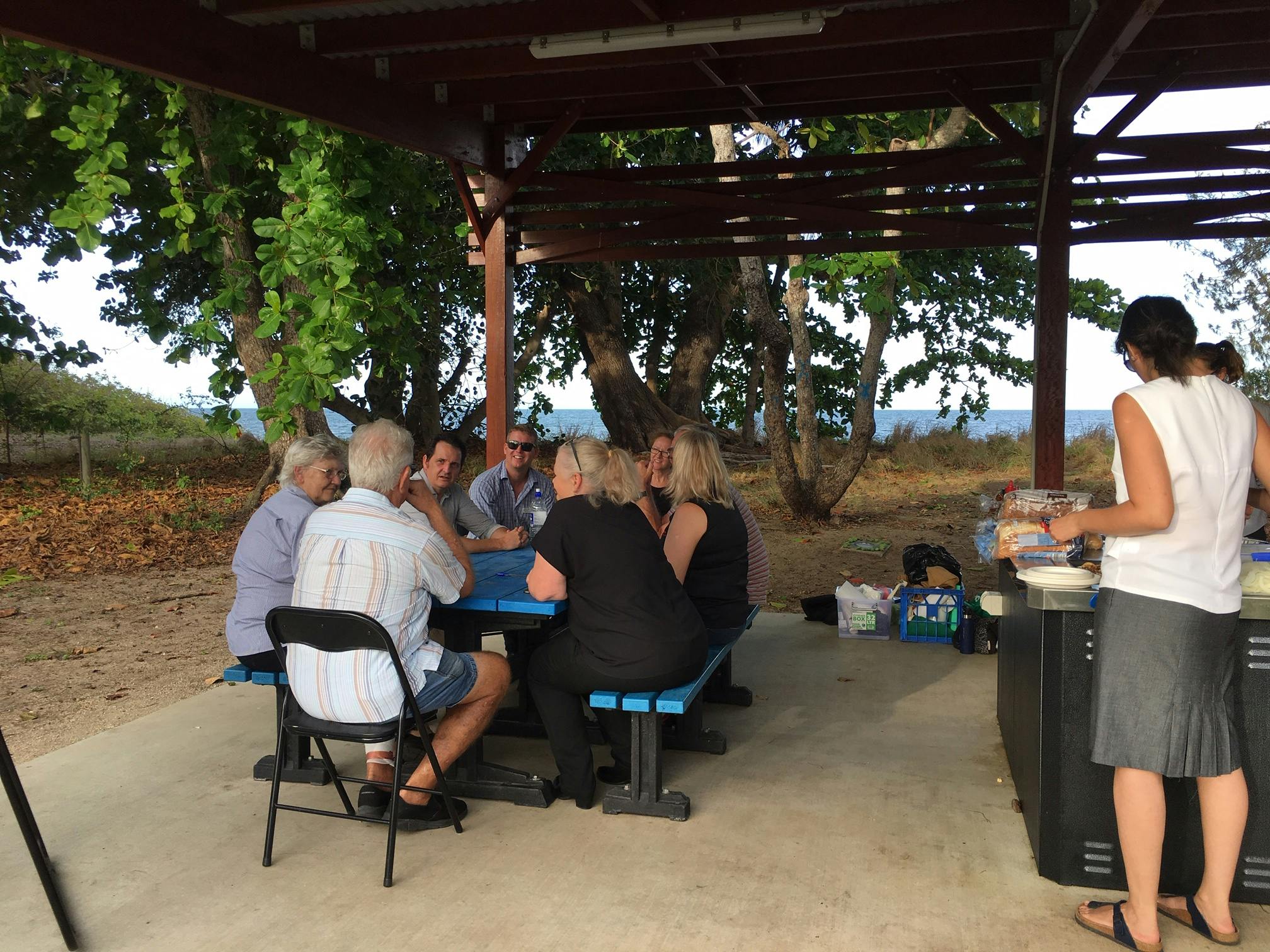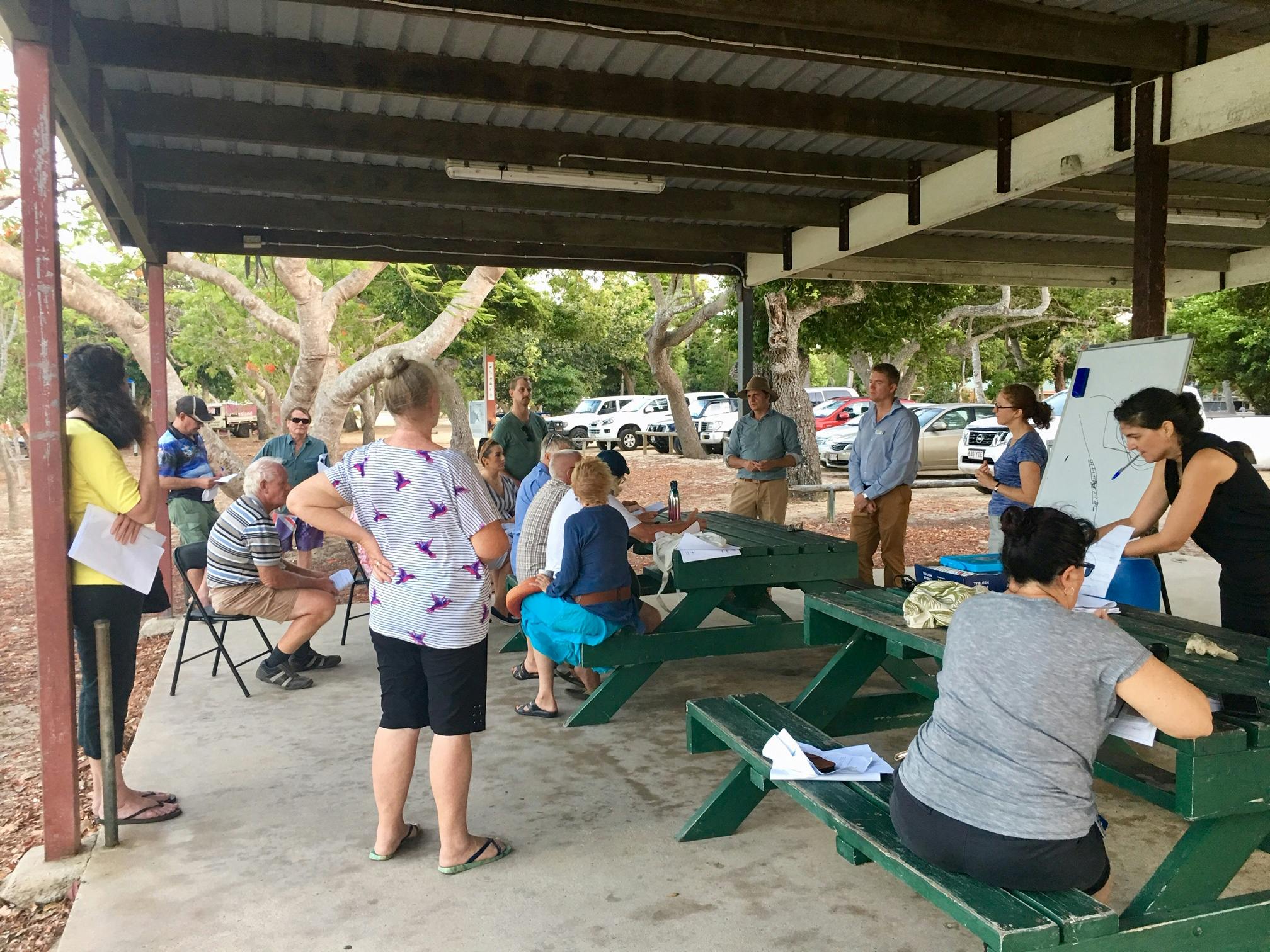Coastal Hazards Adaptation Strategy

Thank you for your interest. Consultation has concluded.
We have developed a draft Coastal Hazard Adaptation Strategy (CHAS), which outlines our plan for predicted future sea level rise in our coastal communities. With over 500km of coastline, the Whitsunday region and its residents are vulnerable to the long-term impacts of climate change.
The CHAS studies have found that by 2100 almost 590 residential dwellings in the region will be impacted by an increase of 80cm in sea level over the next 80 years. The sea level rise will also impact roads and underground water and sewage infrastructure.
The CHAS outlines a range of adaptation options to address these risks in each coastal community and how these options could be funded.
34 scientific studies were completed over the past five years, including the development of up-to-date mapping which shows predicted levels of sea inundation and storm surge, available on Council’s online portal here.
The CHAS is partly funded by the Local Government Association of Queensland’s QCoast 2100 Program, along with 31 other coastal councils across Queensland.
The CHAS was adopted at the Council Meeting on 28 July 2021 and the final version is available to view on our website:
We recently consulted on the draft Coastal Hazard Adaptation Strategy and asked for your feedback. Below is a summary of this feedback, which you can view or download here










